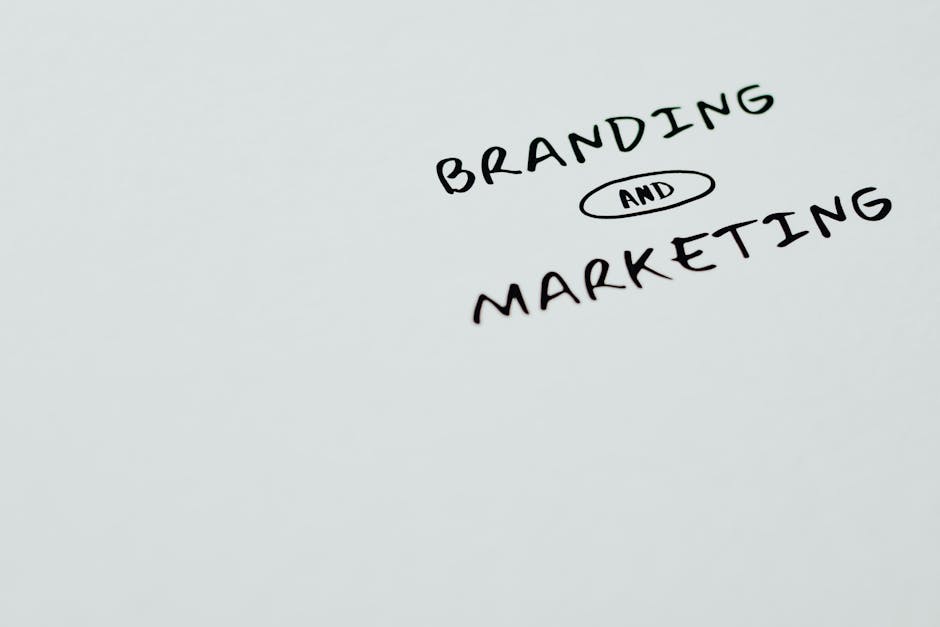Did you know that websites with good user experience are 400% more likely to convert visitors into customers? That’s a huge number, and it shows just how important web design is. But what about content marketing? These two go hand-in-hand, and a well-designed website can seriously boost your content’s impact. This article will delve into how web design impacts content marketing in 2025, offering practical tips and strategies to make the most of this dynamic duo.
## The Symbiotic Relationship: How Web Design and Content Marketing Work Together
Web design and content marketing aren’t separate entities; they’re two sides of the same coin. Think of your website as the stage, and your content as the performance. A poorly designed stage will distract the audience from the show, no matter how good the performance is. Similarly, great content can be lost on a website that’s clunky, confusing, or just plain ugly.
So, how exactly does web design influence content marketing? Let’s break it down:
Improved User Experience (UX): A user-friendly website keeps visitors engaged. Clear navigation, intuitive layouts, and fast loading speeds mean people spend more time consuming your content. This increases the chances of them taking the desired action, whether it’s signing up for a newsletter or making a purchase.
Enhanced Brand Perception: Your website is often the first impression people have of your brand. A professional, well-designed site builds trust and credibility. This, in turn, makes your content more believable and persuasive.
Increased Content Discoverability: A well-structured website makes it easier for both users and search engines to find your content. This means more organic traffic and more eyeballs on your valuable content.
Better Mobile Experience: Mobile browsing is king. A responsive web design ensures your content looks great and functions flawlessly on all devices. Google prioritizes mobile-friendly sites in its search rankings, making this a critical factor for content marketing success.
## Key Web Design Strategies That Amplify Content Marketing
To truly understand how web design enhances content marketing, let’s look at some actionable strategies:
Prioritize Readability: Use clear fonts, appropriate font sizes, and plenty of white space. Break up large blocks of text with headings, subheadings, and bullet points. This makes your content easier to scan and digest.
Optimize Site Speed: Nobody likes a slow website. Optimize images, leverage browser caching, and choose a reliable hosting provider. Fast loading speeds improve user experience and boost your search engine rankings.
Implement Clear Navigation: Make it easy for visitors to find what they’re looking for. Use a clear and intuitive navigation menu, breadcrumbs, and internal links.
Use Visuals Effectively: High-quality images, videos, and infographics can significantly enhance your content. Make sure your visuals are relevant, optimized for the web, and properly alt-tagged for SEO.
Design for Accessibility: Ensure your website is accessible to everyone, including people with disabilities. This includes using proper heading structures, alt text for images, and sufficient color contrast.
## Common Web Design Mistakes That Hinder Content Marketing
Even with the best intentions, it’s easy to fall into common web design traps that sabotage your content marketing efforts. Here are some to avoid:
Ignoring Mobile Optimization: As mentioned earlier, mobile is crucial. Don’t neglect responsive web design.
Cluttered Layouts: Too much information overwhelms visitors. Simplify your design and focus on clarity.
Poor Navigation: Confusing navigation frustrates users and makes it difficult for them to find your content.
Slow Loading Speeds: Patience is a virtue, but not when it comes to website loading times. Optimize your site for speed.
Neglecting Accessibility: An inaccessible website excludes potential customers and damages your brand reputation.
## Essential Tools for Web Design and Content Marketing Harmony
Luckily, plenty of tools are available to help bridge the gap between web design and content marketing:
| Tool | Function | |
|---|---|---|
| ——————— | ————————————————————————- | |
| WordPress | Content management system (CMS) with flexible web design and plugins. | |
| Google Analytics | Tracks website traffic and user behavior. | |
| Ahrefs/SEMrush | Keyword research, competitor analysis, and SEO auditing. | |
| Adobe Creative Suite | Web design, graphic design, and video editing. | |
| Canva | User-friendly graphic design tool for creating visuals for your content. |
## Expert Insights: The Future of Web Design and Content Marketing
According to a recent report from HubSpot, personalized website experiences will be a major trend in 2025. This means tailoring your web design and content to individual user preferences and behaviors. Think dynamic content, personalized recommendations, and interactive experiences. For example, if a user has repeatedly visited your blog posts about sustainable living, your website might automatically highlight related products or services.
Additionally, expect to see a greater focus on AI-powered web design and content marketing tools. These tools can automate tasks, personalize experiences, and generate insights that would be impossible to uncover manually.
## Key Takeaways: Web Design’s Crucial Role in Content Marketing
To recap, here are the core points to remember:
Web design significantly impacts content marketing success.
A user-friendly website enhances user experience and boosts engagement.
Prioritize readability, site speed, and clear navigation.
Avoid common web design mistakes that hinder content marketing efforts.
Leverage tools to streamline your web design and content marketing workflows.
## FAQs: How Web Design Impacts Content Marketing
Q: How does web design impacts content marketing?
A: Web design directly impacts content marketing by influencing user experience, brand perception, content discoverability, and mobile experience. A well-designed website makes your content more accessible, engaging, and effective.
Q: What are some key web design elements that support content marketing?
A: Key elements include clear navigation, readable fonts, optimized images, fast loading speeds, and a mobile-friendly design.
Q: How can I measure the impact of web design on my content marketing efforts?
A: Track metrics like bounce rate, time on page, conversion rates, and organic traffic. These metrics will give you insights into how your web design is affecting your content marketing performance.
## Recommendations and Next Steps
Now that you understand the profound influence of web design on content marketing, it’s time to take action. Review your website’s design and identify areas for improvement. Focus on enhancing user experience, optimizing for mobile, and ensuring your content is easily discoverable. A great starting point is to analyze your website’s speed with Google’s PageSpeed Insights. Finally, consider working with a professional web design or content marketing agency to take your online presence to the next level.
Ready to transform your online presence and maximize the impact of your content? Start by conducting a website audit today! Also, don’t forget to learn about Google’s core web vitals, as these play a significant role in your website’s search engine ranking, you can read about it on Google Search Central. Furthermore, for the latest insights on web design trends, check out Smashing Magazine.
I hope this comprehensive guide helps you understand how web design fuels content marketing success in 2025.



